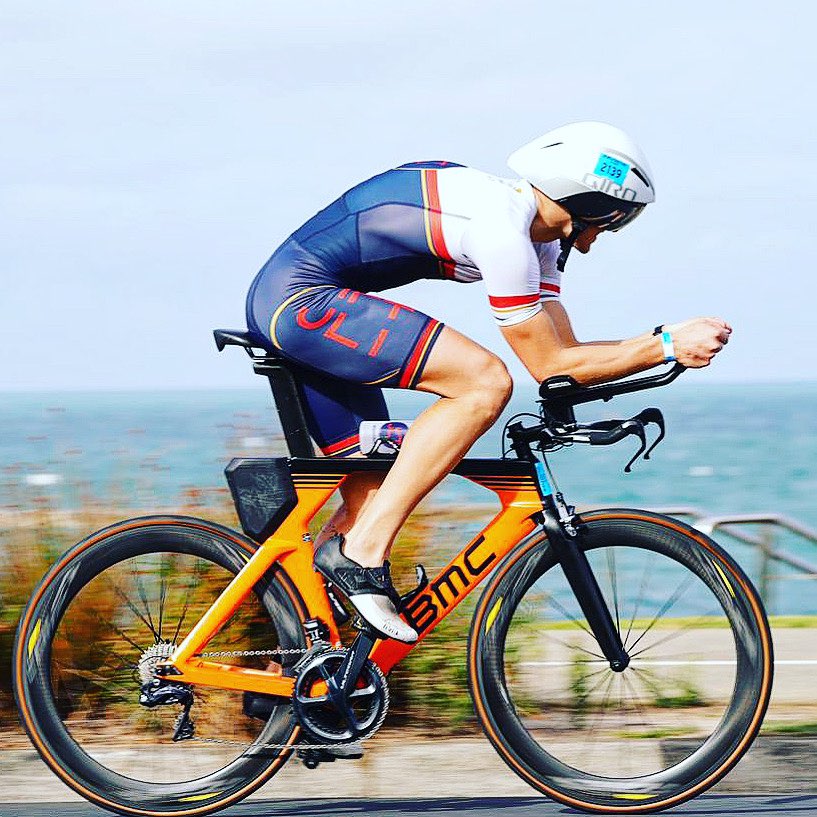We have recently undertaken and are continuing to progress the majority of athletes through a block of Vo2 training at the moment.
We take a deep dive into Vo2, its value and how it might benefit your training.
Vo2 or Vo2 Max is the maximum volume (V) of oxygen (O2) per minute that an athlete can breathe in, diffuse into the bloodstream, transport to the muscle cells and use for muscle contraction. That is the definition of Vo2, but practically speaking in training/racing we often use this to describe the speed, power, pace or effort at which we MAX out our oxygen intake and transport system. The Vo2 is typically measured in millilitres of oxygen per minute per kilogram of bodyweight eg. 60ml/min/kg. Some of this is genetically pre determined eg. How big your lungs and heart are, and some of this is trainable eg. How efficient is your breathing and oxygen transport/uptake system as well as whether or not your legs can actually push that hard!
For those who can access to laboratory grade equipment we can quantify this specifically and put a value of oxygen on it. However, for the majority of us, we can get a pretty good estimate of the pace, power or effort which brings about our Vo2 and apply it to our training. To actually test and gain a pace/power/effort value closely associated with our Vo2 max, we would need to do a swim/bike/run test which goes from 5-9minutes in duration and is completed at an absolute max effort test. Thats right, absolutely flat out, no coming back! The power, pace or effort from this test would be equal to our Vo2 max targets in training.
Eg. A 5 minute all out cycling test yields a result of 402W and an average HR of 176 BPM. 402W and 176BPM should be roughly the Vo2 max power and HR. Keeping in mind that the reason the test is so long is to allow time for our heart and lungs to increase their intake and output to Vo2 levels, you will. Notice that HR takes a minute or so to reach peak levels.
A maximum Vo2 intensity is well above “threshold” which we will dive into more in future weeks. The Vo2 determines the peak or the ceiling of our intensity or fitness profile. Increasing the Vo2 max or increasing your capability of reaching the ceiling of your Vo2 max might help to drag up your lactate threshold, race intensity and even Zone two work. As a rough example and by no means scientifically validated….if one’s theoretical Vo2 max determined by my genetics, heart and lung size and shape is 70ml/kg/min but one is only capable of hitting 55-60ml/kg/min then perhaps it Is worth trying to bump this up! And again, this is very hard to predict and measure without lab based equipment however, it might be worth keeping your peak nice and high to keep your muscles, heart, lungs and brain firing at such a high intensity.
During a preparatory phase of training, often during winter and prior to heading in to race preparation phase, it could be worth spending some time training at your Vo2. This is ideally completed in shorter intervals of 1-3minutes in duration, completed with an equal amount of rest or active recovery. Training at this intensity can also improve, your maximal power output, anaerobic energy system, muscle fibre recruitment, neuromuscular fatigue and perceived effort. Lastly, it can improve your resilience spending time at higher intensities. For long distance (tri)athletes, Vo2 training is not as important as race pace and general endurance work but can certainly add another tool to your tool shed. It also adds variability and creates a new stimulus for adaptation, another avenue to develop your overall fitness and resilience.
Ryley Pasquali
BSc, DPT
